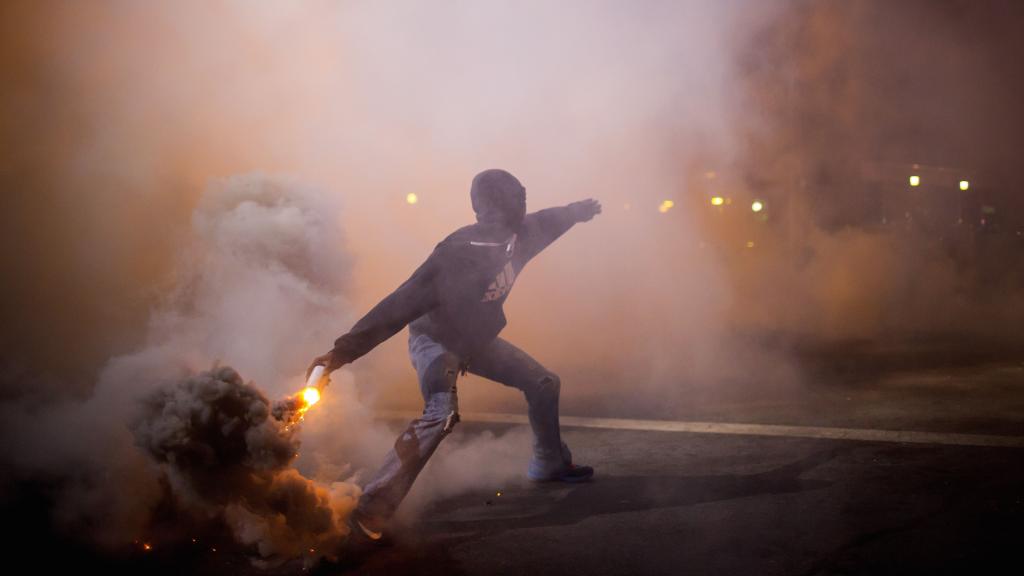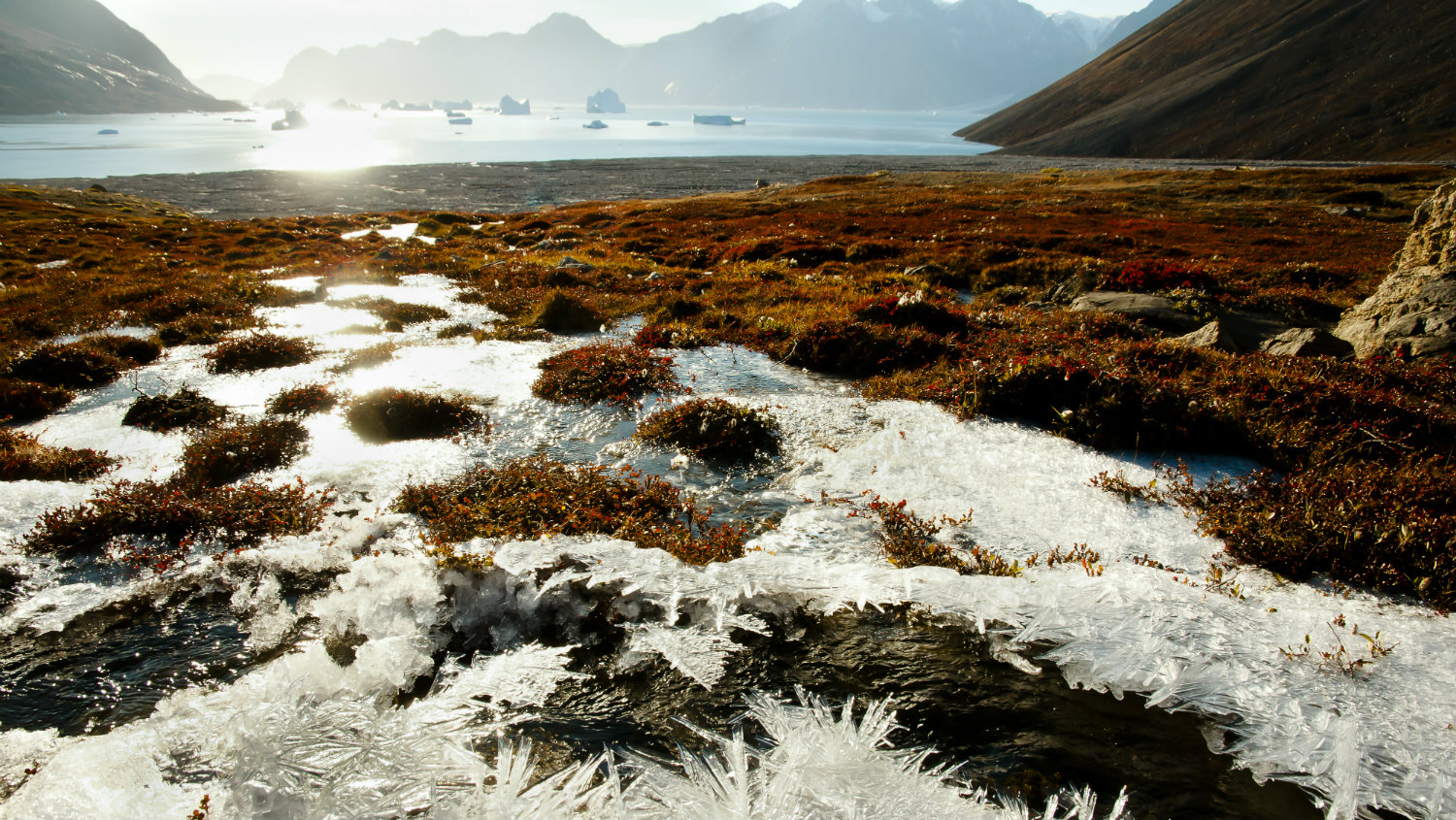If you think about it — bear with us here — the Arctic is basically a huge freezer full of history’s leftovers. There’s a millennium worth of crusty villages, a bunch of gnawed-on beluga bones, and don’t forget the last of that takeout mammoth wayyyy at the back.
What’s even grosser than that delightful mental image is the fact that, as the Arctic heats up, all that old stuff formerly frozen in permafrost is thawing out — i.e. your leftovers are starting to rot — threatening the integrity of archaeological sites around the Arctic. Here’s the story from Motherboard:
[With] global climates heating up, the Arctic’s active layer [the top layer of permafrost that melts and refreezes every year] extends deeper every summer, and one of the largest contributing factors to the destruction of arctic sites is thawing permafrost. This great thaw is leaving organic artifacts to rot — or, in some cases, wash into the ocean — forcing arctic archaeologists to survey and excavate the most important sites before they’re gone.
Those organic artifacts include entire centuries-old Inuit sod-houses, perfectly preserved in their deep-freeze … until now. Since they’re too big to be moved, archaeologists are trying to map digitally before they melt like so much ice cream left out on the counter.
One of the team’s excavation sites, what was once the village of Kuukpak, is a classic area for large scale beluga whale hunting in historic Inuit culture. The site is in an ecotone — an area where multiple ecozones overlap — making it an incredibly rich environment with over 50 species of mammals as well as numerous fish and bird species. Such generous conditions made Kuukpak home to some of the largest Inuit villages ever to have existed.
“This site had probably about 500 people, compared to an average [site] of about 150, this site is really a massive site by Northern standards,” [team leader] Dr. Friesen said.
Along with a wealth of artifacts, like animal bones and hunting tools, Dr. Friesen’s team excavated the first fully uncovered sod house, a traditional Inuit lodging that would have housed between 15 to 30 people in the 1400s.
…
But Kuukpak won’t last long. Like so many other rich arctic archaeological sites it is being destroyed by erosion at an alarming rate.
In places like Kuukpak, the coastline is moving inland 15 feet every year, as sea level rises and permafrost subsides into muck. Friesen explained that all that erosion can add up fast: “When you think of an average early Inuvialuit site that might be 100 metres by 30 metres, that means you can lose an entire site in a decade.”
To give my admittedly overstretched metaphor of the thawing freezer one last reach: I guess that means we better start digging into our leftovers — but in this case, literally digging.



